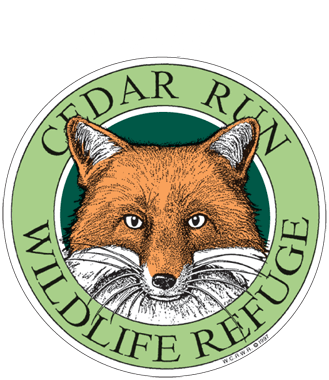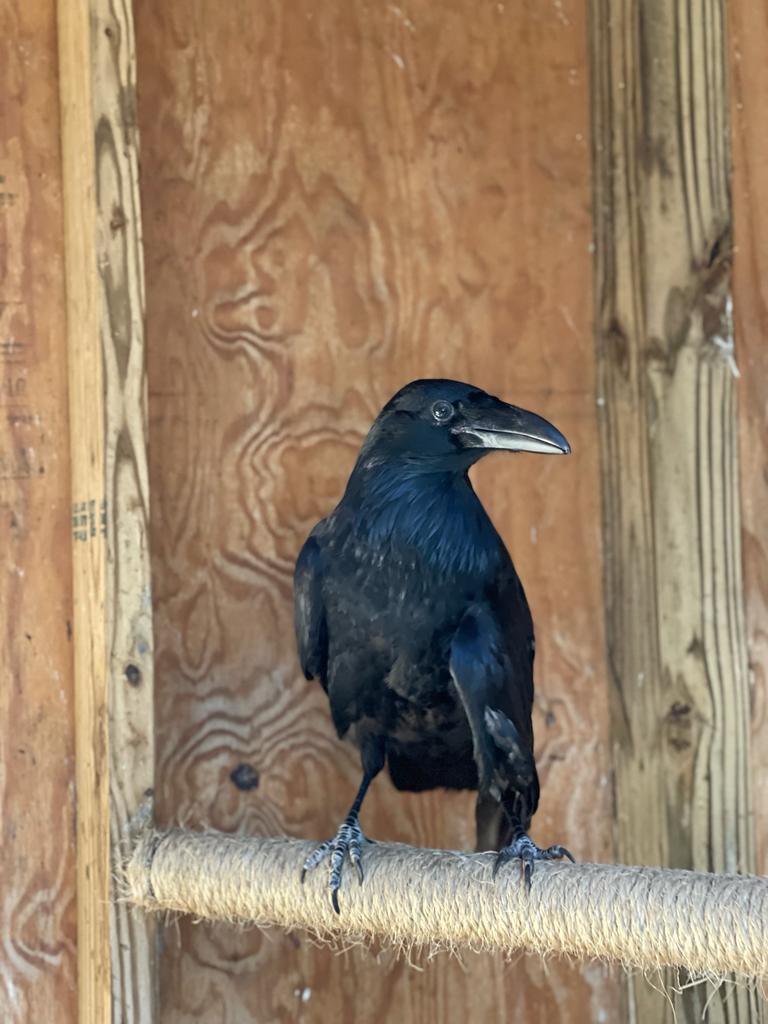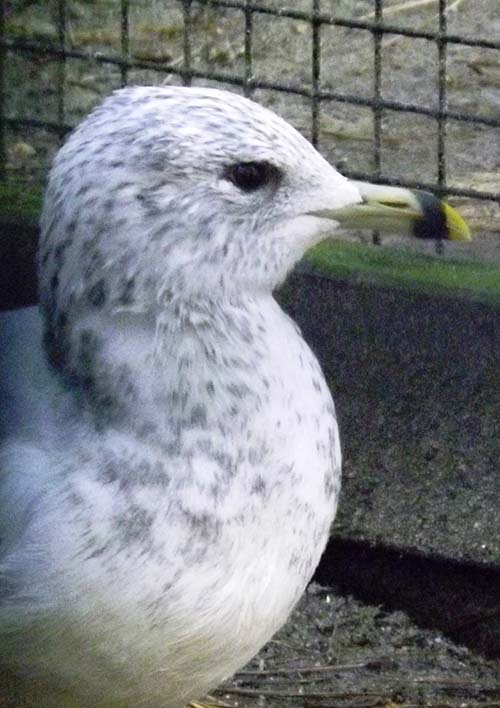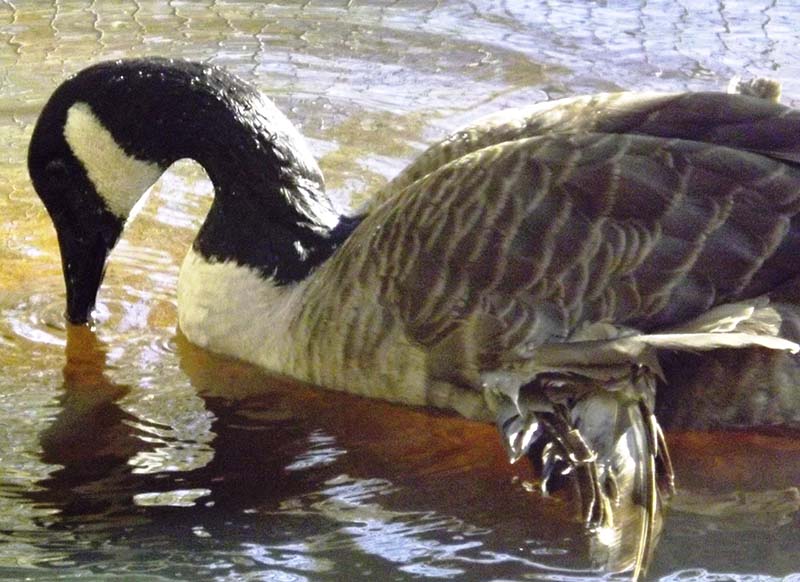Crogin
Fish Crow
She was hatched in 2013 and arrived in the winter of 2014. She was found in a Florida parking lot as a fledgling with a left wing injury. Unfortunately she was imprinted by her original finders when they drove her from Florida to Missouri. She was brought to the Wild Bird Rehab Center in St. Louis, Missouri. She spent several months at the Center while she awaited her transfer here. She is unable to fly and is very friendly towards visitors. She is trained as an education bird.
Poe
Common Raven
Myrtle
Wild Turkey
Sully
Herring Gull
Arrived in 2011. He was found in Cape May, NJ with an older and improperly healed wing fracture. His parents were still feeding him when he was rescued, but he cannot fly.
Skipper
Ring-Billed Gull
Arrived in 2011. He was transferred from the Freedom Center for Wildlife in Cinnaminson, NJ. He suffers from a broken furculla (wishbone) and cannot fly.
Henry
Northern Cardinal
Henry was brought to our wildlife hospital in 2014 as a fledgling after being found at a nearby residence. He was hand-raised alongside other juvenile songbirds until he was old enough to fly and forage on his own. When Henry was moved to a large outdoor flight enclosure, our staff quickly noticed that he was unable to maintain satisfactory flight and that he had difficulty finding perches that were not in close proximity. While Henry can see, he does not have good depth perception. In addition, he suffers from fragile feather syndrome, making his feathers more sensitive than other birds. Both of these disabilities are due to his albinism and make him a poor candidate for release. It was decided to keep Henry as a wildlife ambassador at Cedar Run!
Acorn
Wood Duck
Admitted to our Wildlife Rehabilitation Hospital in July 2022 after she was raised in a classroom, which led to her becoming imprinted on humans. Unfortunately, this led to Acorn being unable to be released, as she actively seeks out human attention which would put her in harm’s way in the wild. Her name refers to the fact that Wood Ducks are also referred to as Acorn Ducks! You can hear her happily chatting away to the public who visit her!
Utley
Canada Goose
She hatched and arrived in 1999. Taken from the wild and raised as a pet, Utley was given an improper diet which caused her to get the condition known as “angel wing.” Angel wing causes the flight feathers of the bird to grow improperly and render them flightless. You can see Utley housed with our Snow Goose Frosty.
Frosty
Snow Goose
Admitted to our Wildlife Rehabilitation Hospital as an adult in January 2022 after sustaining a wing injury in Jobstown, NJ. Frosty’s wing was dislocated and the injury never resolved after extensive treatment, resulting in a permanent wing droop. His injury prevents flight and therefore, Frosty would not survive in the wild. While Frosty is generally a quiet bird, sometimes you can hear him happily murmuring to himself as he preens!
Blueberry
Blue Jay
As a fledgling Blueberry came to us on July 1, 2018. He was brought to a veterinarian after he was found with a wing injury. Unfortunately, the veterinarian kept Blueberry for many weeks leading to imprinting. Blueberry lived in an outdoor enclosure with other songbirds (including other non-imprinted Blue Jays) for his entire first summer without any interaction with humans. Unfortunately, the effects of his imprinting was too severe, and he cannot be released back into the wild.











